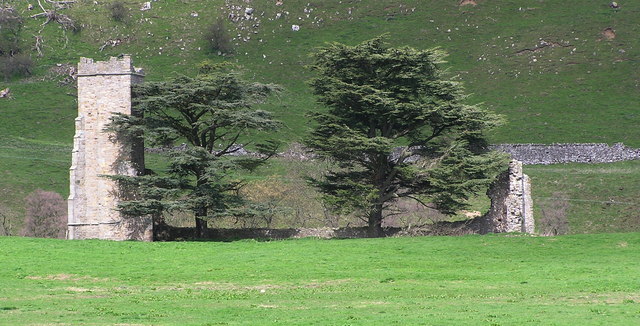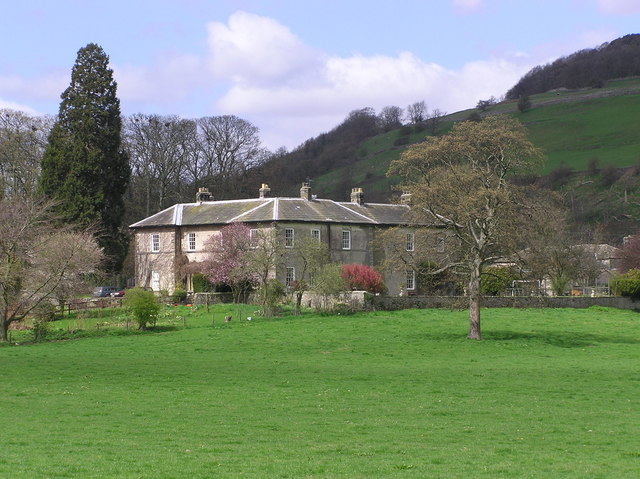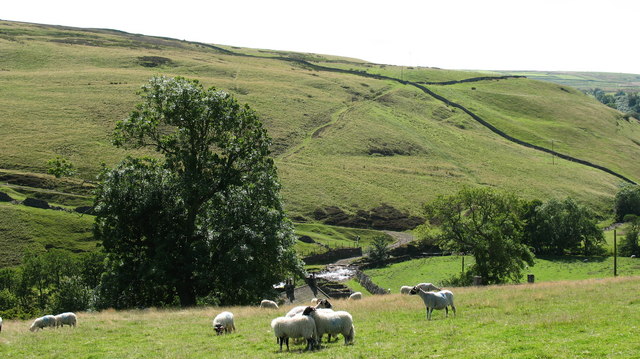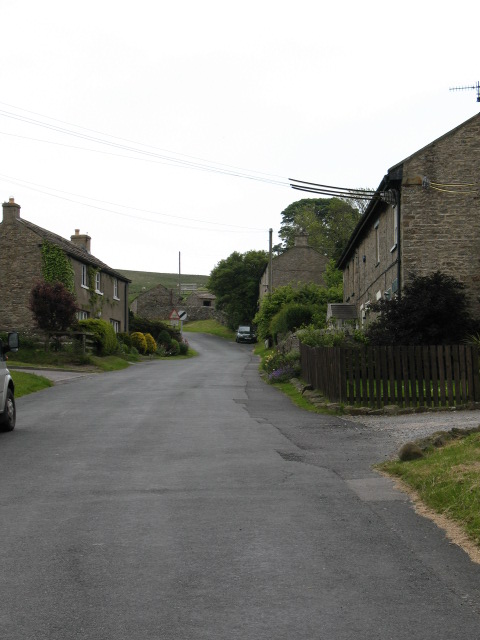Cleaburn Pasture
Downs, Moorland in Yorkshire Richmondshire
England
Cleaburn Pasture

Cleaburn Pasture is a picturesque area located in the heart of Yorkshire, England. It is situated amidst the stunning landscape of the Yorkshire Downs and Moorland, making it a haven for nature lovers and outdoor enthusiasts. Spanning over several acres of land, Cleaburn Pasture offers a diverse range of natural features and attractions.
The area is characterized by rolling hills, lush green meadows, and vast open spaces, providing a tranquil and serene environment for visitors to explore. The Yorkshire Downs, with their gentle slopes and panoramic views, offer breathtaking vistas that are sure to captivate any visitor.
Cleaburn Pasture is also renowned for its rich biodiversity. The moorland, with its heather-covered hills and scattered woodland, is home to a variety of plant and animal species. Visitors may spot iconic wildlife such as red grouses, curlews, and even the occasional hare or deer. Birdwatchers will be delighted by the opportunity to observe rare species that inhabit this unique ecosystem.
For those seeking adventure, Cleaburn Pasture offers a range of outdoor activities. Hiking trails crisscross the landscape, providing opportunities for both leisurely strolls and more challenging treks. The area is also popular for cycling, with designated routes that traverse the undulating terrain.
In addition to its natural wonders, Cleaburn Pasture boasts a rich cultural heritage. Historical landmarks, such as ancient stone circles and prehistoric burial mounds, can be found scattered throughout the area, offering glimpses into its past.
Overall, Cleaburn Pasture is a hidden gem in Yorkshire, offering visitors a chance to immerse themselves in the beauty of nature and experience the rich history and diverse wildlife of the region.
If you have any feedback on the listing, please let us know in the comments section below.
Cleaburn Pasture Images
Images are sourced within 2km of 54.395685/-1.8709778 or Grid Reference NZ0800. Thanks to Geograph Open Source API. All images are credited.

Cleaburn Pasture is located at Grid Ref: NZ0800 (Lat: 54.395685, Lng: -1.8709778)
Division: North Riding
Administrative County: North Yorkshire
District: Richmondshire
Police Authority: North Yorkshire
Also known as: Musgrove Pasture
What 3 Words
///signature.remotes.plug. Near Richmond, North Yorkshire
Nearby Locations
Related Wikis
Skelton, west North Yorkshire
Skelton is a small hamlet in the Richmondshire district of North Yorkshire, England. It is within the Yorkshire Dales National Park near the larger village...
Marske, west North Yorkshire
Marske is a village and civil parish in the Richmondshire district of North Yorkshire, England, situated in lower Swaledale on the boundary of the Yorkshire...
Marrick
Marrick is a village and civil parish in the Richmondshire district of North Yorkshire, England, situated in lower Swaledale in the Yorkshire Dales National...
Ellerton Priory (Swaledale)
Ellerton Priory was a priory of Cistercian nuns in Swaledale in North Yorkshire, England. Its ruins lie in the civil parish of Ellerton Abbey. == History... ==
Ellerton Abbey House
Ellerton Abbey House is an historic building and estate in Ellerton Abbey, North Yorkshire, England. It was built around 1830 for the Fore Erle-Drax family...
Marrick Priory
Marrick Priory was a Benedictine nunnery in Richmondshire, North Yorkshire, England, established between 1140 and 1160 by Roger de Aske. The parish Church...
Helwith
Helwith is a hamlet and farm in North Yorkshire, England about 6 miles north-west of Richmond. It lies in the valley of Marske Beck, a tributary of the...
Downholme
Downholme is a village and civil parish in North Yorkshire, England. It is situated approximately 4 miles (6 km) west from the market town of Richmond...
Nearby Amenities
Located within 500m of 54.395685,-1.8709778Have you been to Cleaburn Pasture?
Leave your review of Cleaburn Pasture below (or comments, questions and feedback).





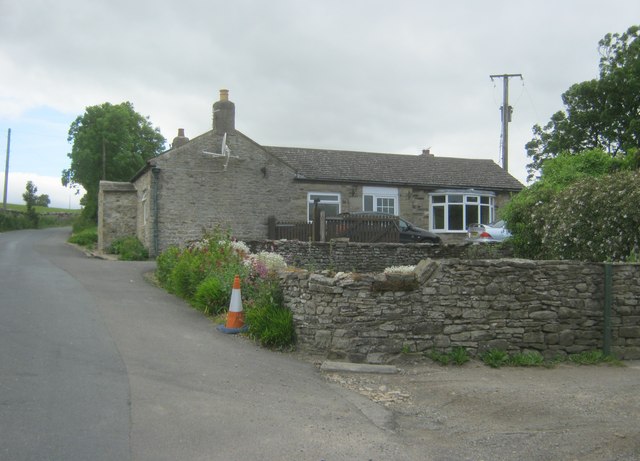


![Bridleway through Clints Wood Bridleway through woodland above Marske Beck. The mature tree on the left is of interest as it is an elm, a rare sight these days. [presumed to be a wych elm]](https://s2.geograph.org.uk/geophotos/04/57/84/4578410_b43e096b.jpg)


![Orgate Farm The approach to the farm along the bridleway from Marske. One wonders if the name has anything to do with the mining and transportation of lead ore [galena] which was mined nearby and once smelted at furnaces in the valley below.](https://s0.geograph.org.uk/geophotos/04/57/84/4578432_abd2b304.jpg)








